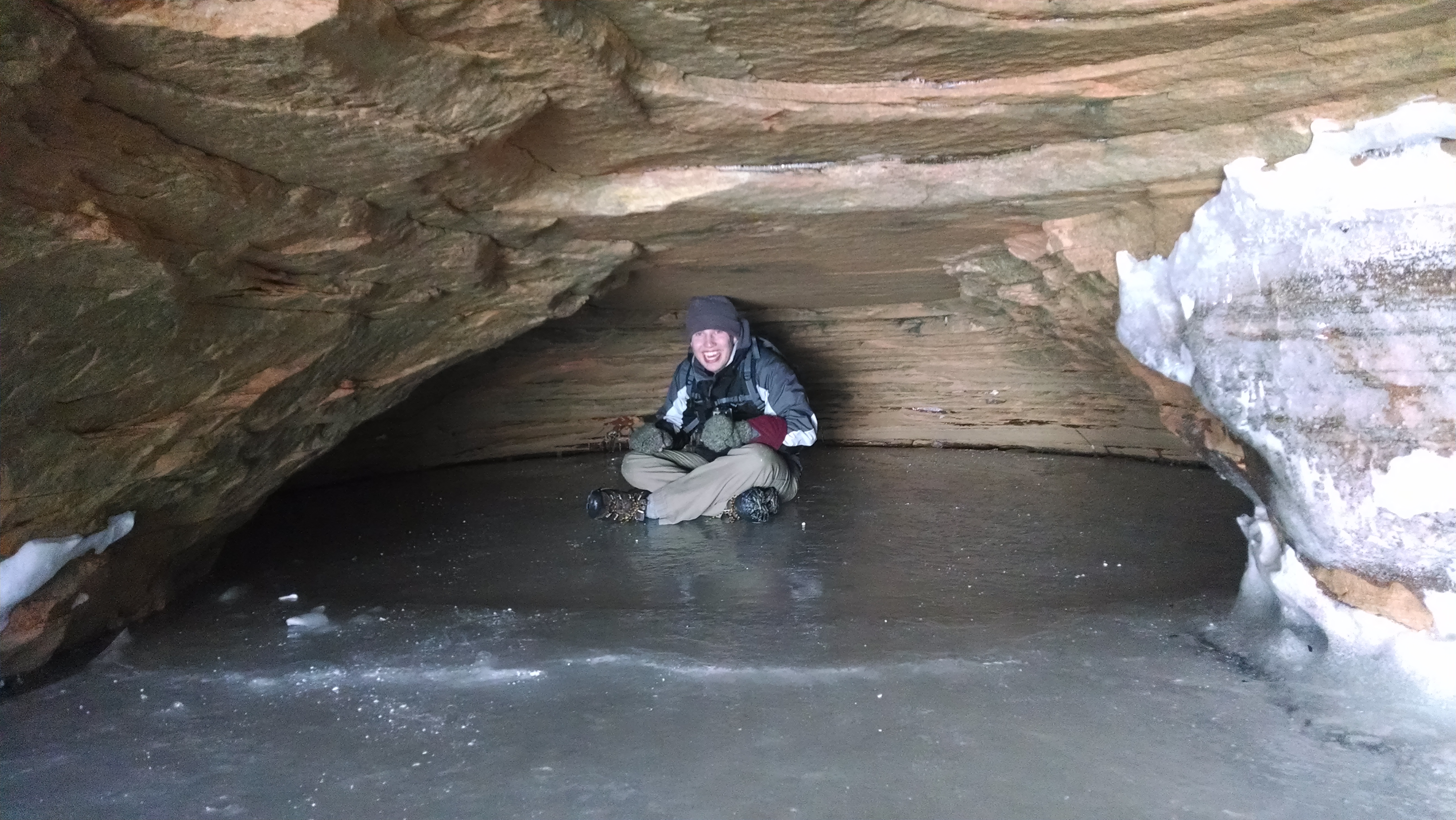by Dennis Dalman
news@thenewsleaders.com
Granite quarry rocks have a big story to tell – a billion-year-old story. They also have a shorter story to tell, one that started a mere 130 years ago.
People in the greater St. Cloud area are invited to “Geology in the Park,” a free guided tour of what the quarry rocks have to tell us. It will take place Saturday, May 10 at Stearns County Quarry Park and Nature Preserve. The four-hour adventure tour will take place from 8:30 a.m. to 12:30 p.m. One-hour tours will take place at 1 p.m. and 2 p.m.
The conductor of the educational tour will be Bradford J. Folta Jr., a geologist who graduated from the University of Minnesota, Duluth. Throughout this summer, Folta will donate his time as an intern for the Stearns County Parks Department. Folta loves to share his knowledge of geology – the history of rocks – with anyone who will listen.
“The reason I’m doing the tours for Stearns County Parks is because it’s fun,” Folta told the Newsleader. “I love getting people excited about rocks, and I love talking about rocks and answering questions. I am not a know-it-all by any means, but I just happen to know a lot. The reason I want a higher degree is so some day I can teach at a university level. These tours are great practice for learning and perfecting how to teach.”
During the May 10 Quarry Park walking tour, Folta will share his knowledge of the granite outcroppings that were formed a billion years ago, the result of molten rock (magna) that slowly cooled, then uplifted toward the surface of the earth. Granite, one of the hardest rocks on earth, is usually a combination of quartz, mica and feldspar. The central Minnesota area has been one of the prime places on the planet for quality granite, which has been used in building projects and monuments throughout the world, including recently the creation of the Martin Luther King Jr. monument in Washington, D.C.
People who take the May 10 tour will also learn about the industrial uses of granite and why St. Cloud is known as the “Granite City.” In the late 1800s, a Scotsman, Henry Nair Alexander, founded a granite-mining operation in Richmond. After his death, his two sons Patrick and John moved the company to Cold Spring. By 1930, the quarry operation was the biggest in the country. Its fine granite, known worldwide, was used for benches, buildings, markers, pillars, statues, gravestones and many other uses. The granite quarry in what is now Waite Park was famous far and wide for its fine, high-quality red granite.
In 1992, Stearns County bought the granite holdings in Waite Park, which became the Stearns County Quarry Park and Nature Preserve. The park opened to the public Jan. 1, 1998.
One good reason for the May 10 tours – other than a fascinating introduction to billion-year-old rocks – is to introduce people to the many amenities of Quarry Park, a 684-acre tract. Known as the most unique park in the United States, Quarry Park offers a swimming quarry (112 feet deep), cross-country skiing, walking trails, snowshoeing, rock climbing, scuba diving, picnic areas, trout fishing and nature observation with lots of native flora and fauna.
Folta said he is excited about sharing his knowledge of granite with local people, many who probably have no clue as to how granite and its importance have shaped the central Minnesota area.
Folta has done studies in volcanic seismicity, including analyses at Mount St. Helen’s, which erupted catastrophically, famously in May 1980.
Folta, after this summer, will travel to Cape Cod, Mass. where he will do an internship studying the rocks of that area.
To get to Quarry Park, go south past the Menard’s store in Waite Park, then at the first stop sign a few blocks after that take a right, go about a half mile and you will see a big sign saying “Quarry Park and Nature Preserve.”

Bradford J. Folta Jr. will guide visitors on a tour of Quarry Park Saturday, May 10 and explain how granite there was formed a billion years ago.

Bradford J. Folta Jr. has spent much of his life being around rocks. The geologist will lead a granite-history tour Saturday, May 10 at Quarry Park.

A massive derrick is one of the historical artifacts at Quarry Park. For many decades, the derrick lifted mined blocks of granite from the quarry for further cutting and processing. The granite in the quarry was formed a billion years ago.

Leisurely bicyclists meander their way on one of a network of biking trails in Quarry Park.

Crystalline spring water is one of the most beautiful features in Quarry Park.

Cross-country skiing is very popular every winter at Quarry Park.

Two friends scuba-dive at Quarry Park.



